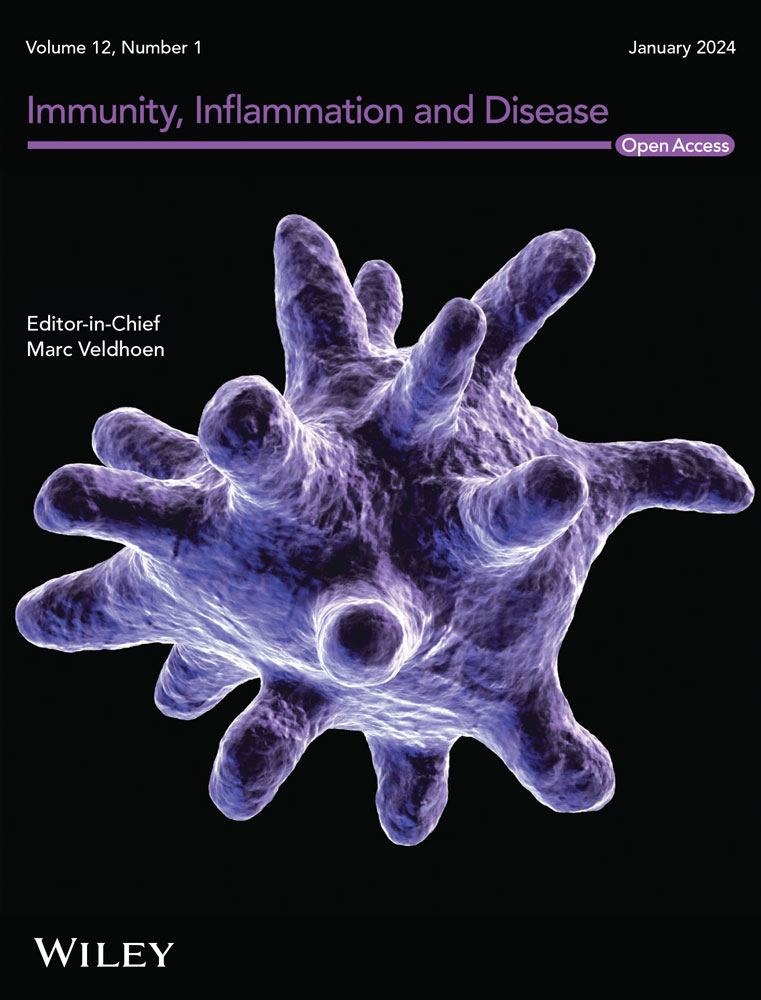Sepsis and acute respiratory distress syndrome (ARDS) are common inflammatory conditions in intensive care, with ARDS significantly increasing mortality in septic patients. PANoptosis, a newly discovered form of programmed cell death involving multiple cell death pathways, plays a critical role in inflammatory diseases. This study aims to elucidate the PANoptosis-related genes (PRGs) and their involvement in the progression of sepsis to ARDS.
This study analyzed differentially expressed genes (DEGs) associated with PRGs to explore their role in the progression of immune disorders from sepsis to septic ARDS. A diagnostic prediction model was constructed based on key PRGs identified through bioinformatics analysis. Functional enrichment analyses were conducted to determine pathway involvement, and correlations with immune cells were assessed. Mendelian randomization analysis was applied to investigate potential causal links between specific PRGs and ARDS. Immunohistochemical analysis was used to evaluate PRG expression in lung tissue.
The prediction model effectively distinguished septic ARDS patients from those with sepsis. NDRG1 expression was elevated in ARDS, while DDX3X, PTPRC, and TNFSF8 were downregulated. NDRG1 showed a positive correlation with activated dendritic cells, whereas DDX3X, PTPRC, and TNFSF8 were positively associated with neutrophils and negatively correlated with CD56bright NK cells. Functional enrichment analysis highlighted spliceosome function, MAPK signaling, endocytosis, and antigen processing pathways as significantly associated with these PRGs. Mendelian randomization suggested a causal link between NDRG1 and ARDS, and immunohistochemical analysis revealed its predominant expression near vascular walls. In a mouse model of sepsis, suppression of NDRG1 alleviated lung injury.
PANoptosis may contribute to immune dysregulation in sepsis-associated ARDS. NDRG1 is identified as a potential therapeutic target, offering new avenues for mitigating ARDS progression and improving patient outcomes.



